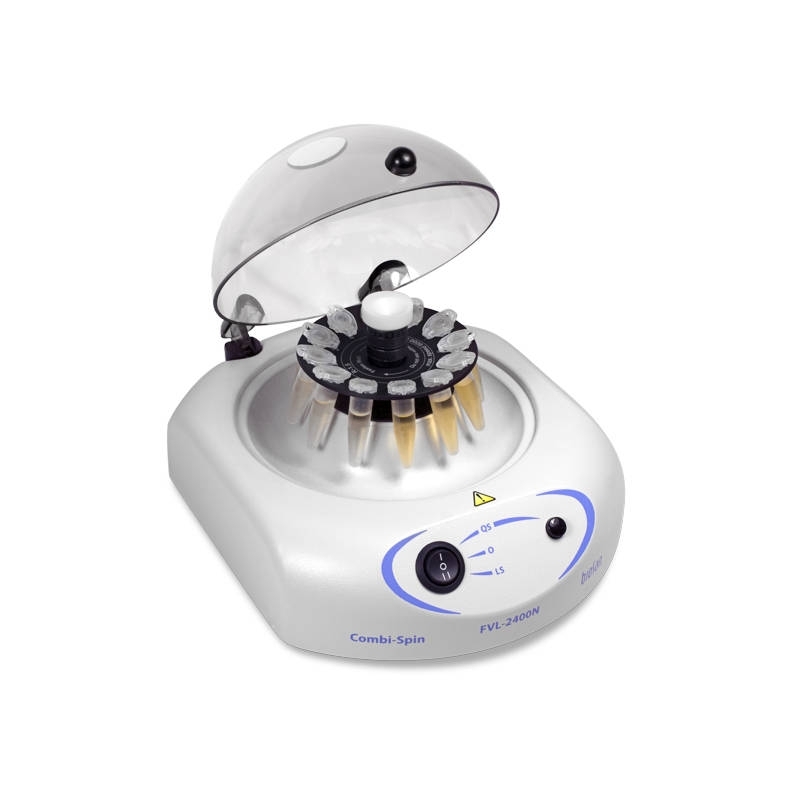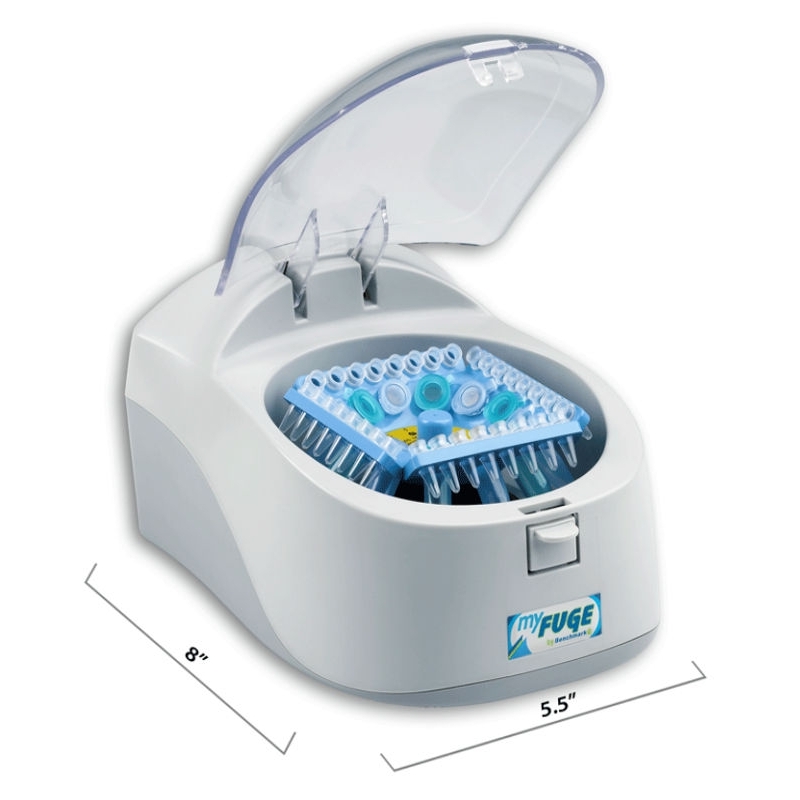
FVL-2400N Combi-Spin, Mini-Centrifuge/Vortex
Reference: BS010202AAA
The FVL-2400N Combi–Spin provides simultaneous mixing and separation of samples, using centrifuge and mixing modules, located together on a common spin–module.
Features :
- Compact and cost effective
- Fixed rotating speed : 3,500 rpm / 700 x g
- Including rotor for 12 x 1.5 ml microtest tubes and rotor for 12 x 0.5 ml and 12 x 0.2 ml microtest tubes
- Continuous and impulse operation modes



